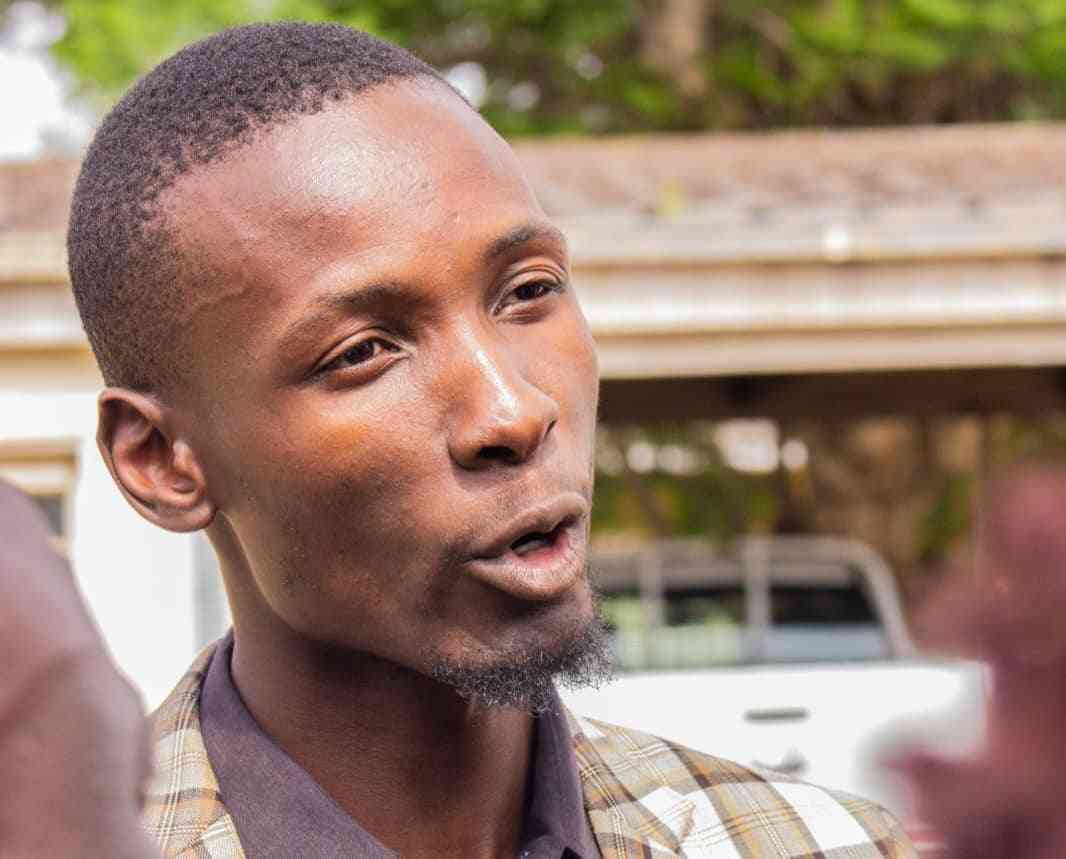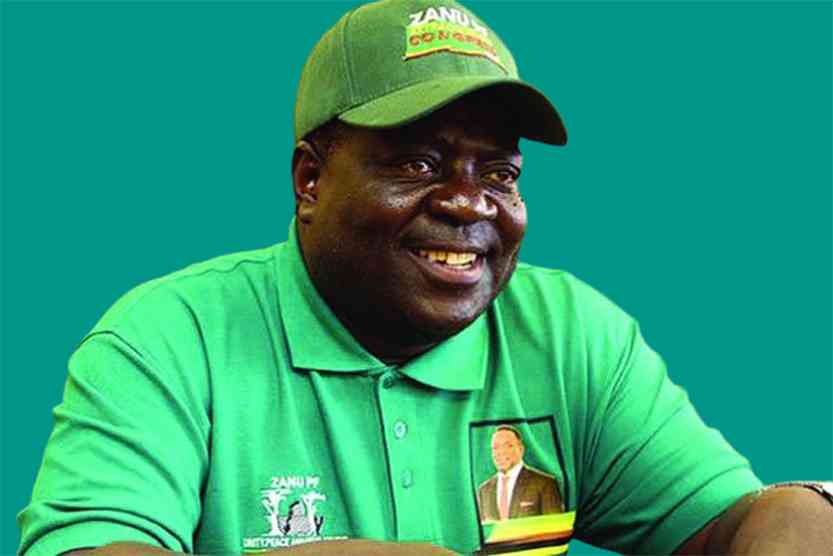
EDWARD MOYO: My Journey in Life
A book review
Book tittle. Edward Moyo: My journey in life
Year published 2019
ISBN 978-1-77906-108-9
Publisher. Amagugu publishers
Pages 191
Pictures 109
- Chief, village heads clash over communal land
- Book Review: A glimpse into Moyo's journey in life
Keep Reading
Price $20
Reviewed by Bhekimpilo Sibanda (PhD)
Edward Moyo's autobiography gives a panorama of a life lived in full, in most troubled as well as good times of Zimbabwe. Born in (circa) 1935, he attempts to give us a snap shot of not only his life but leaves one with an understanding of some of the most important things in Zimbabwe, Africa and the world. For example, on page 137, he talks about the philosophy of living:
He says " (sometimes) It is easy to fail to understand the person you eat with or even sleep with. Life is complex and the ability to understand sometimes fails even those of us who think we are wise. Sometimes where ignorance is bliss, it is folly to be wise" This is quite penetrating.
In twenty two chapters, the reader is taken along a voyage of his entire heritage from very early on when he was herding cattle and crossing flooded streams and rivers clinging onto cows' tails, to early schooling: at John Tallach Mission, Dadaya Mission and Thekwane Methodist Mission.
His search for self identity continues. (which he says in his final chapter is unfinished business). At Dadaya, he meets luminaries like: Garfield Todd, Lot Senda and many other great Zimbabweans. In Tekwane, he collides with people like Edson Zobgo, Griffits Malaba, (one of the first deputy regional directors of education in Matabeleland). The depth of his heritage search is marked in chapter two, which reveals now lost facts about Abelozwi, of which he feels proud to be a member.
He even contracts a distinguished journalist and historian, Saul Gwakuba Ndlovu to help him research and write a piece for him which he includes in his book verbatim. The reader is left in awe, at least I was. Who are Zimbabweans? He gives details of the turmoil in the Zambesia region particularly in the 19th century — Mambo, in particular. He argues that Zimbabweans are more mixed than they want to admit. It left me believing that the Mambos were Kalanga mix.
Chapter five is about his sojourns in the job market. He straight away dives into broadcasting and journalism after matriculation. Those so interested, particularly media students, get a glimpse of federal broadcasting and how the colonialists tried hard to control broadcasting. Starting off at the Luveve African studios, which produced programs broadcast to Africans from recorded tapes in Lusaka. Buys his first car, a morris minor and is one of the first occupants of a house in Mhlanhlandlela. This was an elite section of Tshabalala township in Bulawayo. He does not know how he lost the furnished house to this day.
The Liberation wave was everywhere. With the help of Joshua Nkomo, the wave sweeps him to Lusaka where he meets and works with lumunaries of Zimbabwe's independence: Herbet Chitepo (whom he lived nextdoor to, before leaving for the United States), Jason Ziyphaha Moyo, Judge John Manyarara, George Silundika and many others. He assists with Zapu broadcasts, and even helps throw punches at Ian Smith's UDI, through radio.
This part of the book is fascinating. In broadcasting he was a contemporary of people like Amon Nyamambi, Cyrus Ntini and others. When Zambia got its independence he is absorbed by Zambia Broadcasting Services where he excels. George Silundika supported by Joshua Nkomo, identifies him for further study in the USA in 1964.
After a few mishaps in the USA, Moyo is admitted to Syracuse University, where he passes his bachelor's degree with flying colours. In the meantime, he was working for television studios in the Syracuse/ New York area. He completed his Master's degree with flying colours too, becoming one of the first Africans to have such a technical broadcasting qualification.
This is why, on completion of his studies, he was offered lectureship jobs at Makerere University and University of Tanzania. He chose to go to Makerere, one of the greatest Universities in Africa.
There he brushed shoulders with Milton Obote and Dada Idi Amin. while working at the University, he also did part-time stints on radio and television. His highlight there was on being chosen to broadcast the burial of the Kabaka, King of Buganda , Sir Edward Mutesa.
From Makerere, Moyo joins the UN agency Habitat, where he is asked by the UN to launch a new office in Nairobi, for Habitat which he does successfully, assisted by Kenyata's daughter. From then on, Moyo is hooked, line and sinker to Unesco, where he is involved in wonderful projects, which include establishing a Journalism degree at the University of Lagos; Training broadcasters in Lesotho and all over Southern Africa. In 1980, lured by independence, be came back to Zimbabwe where he became the director of the Central Film Laboratories in Harare before he was requested by Dr Nathan Shamuyarira to become director general of the Zimbabwe Broadcasting Corporation.
At ZBC, he introduced a lot of innovations: extended TV broadcasting hours, introduced Good Morning Zimbabwe and many other programs. But some of his plans, especially on decentralization and digitalisation are yet to be implemented..
Through Unesco, Moyo covers more than twenty three countries throughout Southern Africa. He establishes the UNESCO Office in Namibia, and helps the creation of community media, newspapers and community radio.
He helps South African broadcasting Corporation to prepare and report on its first elections and many more assignments. In between all this, there is humour to entice the reader. At the end of his UN assignments as a diplomat and consultant, Moyo and his wife Samkeliso spend ten years in Swaziland where he had been appointed as a journalism lecturer. Heading back to Zimbabwe, Moyo had a one year stint as a lecturer in journalism at the National University of Science and Technology in Bulawayo. What a career. In Zimbabwean lingua, we say he provides about one hundred and nine pictures as "V11s" of education, family and achievements.
As the reader flows along his journey, one meets many wonderful people: from de clerk of South Africa, Idi Amin of Uganda, Nelson Mandela and other diplomats. The man loved rivers and cars. As such one is taken along his long drives, from the source of the river Nile in Uganda to the Mississippi river in America. He does the same with the oceans.
The cars he buys are exciting nd leave you with envy. Meanwhile, work is interspaced with meeting wonderful people and of course learning about roasting the best meat in Kenya and in many places he visited, either for pleasure or work. He takes you walking on clean platforms and roads in Namibia. There is one drawback one encounters . This was early on in his career, in Yemen, where he was treated poorly.
His family gets a fair share of coverage. His wife and children form an important anchor to his life. Love for his family is pulpable in the air. Moyo is a lesson to many of us who think that we have achieved a lot and do not care about anyone. The man still maintains a home in his rural Ntabazinduna and has a few herd of cattle in his plot in Woodville.
Among his unfinished business is the transformation of ZBC and media laws in Zimbabwe. He yearns for accommodation and understanding among Zimbabweans. He has also produced thirteen videos he wishes broadcast, but with podcast, I believe that is doable. His life is a challenge to many young people today. Through him one can be excused for thinking that Zimbabwe has had its hour.
This is certainly a good read for everyone rating four stars out of five.










